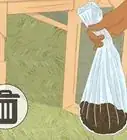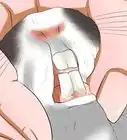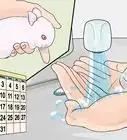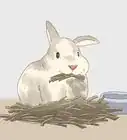This article was co-authored by Pippa Elliott, MRCVS. Dr. Elliott, BVMS, MRCVS is a veterinarian with over 30 years of experience in veterinary surgery and companion animal practice. She graduated from the University of Glasgow in 1987 with a degree in veterinary medicine and surgery. She has worked at the same animal clinic in her hometown for over 20 years.
There are 7 references cited in this article, which can be found at the bottom of the page.
This article has been viewed 14,466 times.
Domestic rabbits are directly descended from wild rabbits, and because of this, they have specific feeding requirements due to the way their body digests foods. Rabbits need to eat primarily grass to stay healthy. Feeding a rabbit incorrectly, stress, and pain cause a serious medical condition called gastrointestinal (GI) stasis, where the gut basically stops functioning. Proper feeding helps to prevent this problem from occurring.
Steps
Preventing GI Stasis
-
1Feed your rabbit quality grass hay. The primary way to prevent GI stasis is to feed your rabbit properly. A rabbit’s diet needs to consist of foods with the right amount of fiber along with moisture to keep the digestive tract functioning properly. The most important part of the diet is to always keep clean, grass hay available to your rabbit at all times. Timothy or other grass hay is the best hay to feed a rabbit.[1]
- Alfalfa and clover hay is too high in protein and calcium to feed to a rabbit daily and should only be used as a treat.
-
2Give your rabbit fresh grass. Fresh grass is also a good food for a rabbit. You can set up a pen outside on your lawn where your rabbit can graze, or you can clip grass with a scissors and give it to your rabbit to eat.
- Clip fresh grass with scissors and make sure that you don’t use lawn mower trimmings. Make sure that fertilizers or herbicides have not been used on the grass or you may make your rabbit very ill.
Advertisement -
3Choose nutrition-packed pellets. You will also need to feed your rabbit fresh nutritionally balanced pellets daily. Make sure your feed your rabbit the right amount of pellets. Young rabbits can have unlimited pellets; adult rabbits need from 1/8 to ½ cup daily depending on their size.
- If you don’t limit the pellets, your rabbit may become obese.
- Throw out any uneaten pellets after a day and replace with new pellets.
-
4Provide leafy greens for your rabbit. Leafy green vegetables are good food choices for your rabbit because they provide both fiber and moisture. Feed your rabbit anywhere from one to three cups each day depending on the rabbit’s size.
- Good leafy green vegetables to feed your rabbit include salad greens, bok choy, arugula, broccoli stems and leaves, and carrot tops.
- Make sure to slowly introduce any new greens to a rabbit so it doesn’t cause your rabbit to develop diarrhea.
-
5Avoid feeding your rabbit certain foods. There are some foods you should never feed to your rabbit. These foods can mess up your rabbit’s digestive tract or cause a problem that might lead to gastrointestinal stasis. Never feed the following foods to rabbits:
- Human foods other than the above mentioned vegetables. You can also give your rabbit small amounts of starchy vegetables, like carrots, and small pieces of fruit. These are considered treats not a main part of the diet. You should limit the amount of these foods.
- Corn, other grains, or seeds. Corn hulls can hurt the rabbit.
-
6Keep your rabbit’s water bowl filled. Do not forget to always keep fresh water available for your rabbits. Provide a couple of options for your rabbit for the best results. You can provide your rabbit with a sipper bottle and a ceramic dish both filled with fresh, clean water. Change the water daily.[2]
- Choose a ceramic dish over plastic because they are less likely to be knocked over. Plus, your rabbit won’t be able to chew on a ceramic disk.
Diagnosing GI Stasis
-
1Recognize the symptoms of GI stasis. Since gastrointestinal stasis is a disease caused by improper feeding that leads to the gut stopping to work properly, the symptoms deal mostly with the digestion of the rabbit. Signs of GI stasis include:[3]
- Decreased or no fecal pellet production
- Decreased or no appetite
- Lethargy or no energy
-
2Take your rabbit to the vet immediately. Gastrointestinal stasis is a serious condition in rabbits. If you see any of the symptoms, or suspect that your rabbit has gastrointestinal stasis, you need to get your rabbit to the veterinarian as soon as possible. This is an emergency and needs to be treated immediately.
- Hesitating or taking a wait-and-see approach may kill your rabbit.
-
3Treat GI stasis. If you notice the changes in your rabbit and take him to the vet, the vet can treat GI stasis. With treatment, your bunny can get better. The vet may prescribe medicine to help reduce the bad bacteria that has backed up or to help stimulate the digestive system. An IV can help soften the build up in the intestines.[4]
- Your vet may suggest feeding your rabbit with a syringe so the rabbit can get the nutrients he needs.
- Your bunny may need pain relievers to help with pain from the gas and bacteria backed up in the intestines.
-
4Identify the cause of GI stasis. GI stasis is primarily caused by a diet that is too low in fiber. Other causes of GI stasis may include stress, not drinking enough water, pain, and a foreign object in the gut. However, the vast majority of cases are caused by an improper diet.
- When a rabbit doesn’t eat the right food, the digestive tract stops working. Bad bacteria and gases build up in the intestines, which causes pain and decreases the appetite. The rabbit stops getting nutrients he needs.[5]
Understanding a Rabbit’s Digestive Tract
-
1Know that rabbits need to eat fibrous plants. You can protect your rabbit and help prevent GI stasis by learning how the rabbit’s digestive system works. The rabbit’s digestive system has developed to eat very fibrous plants. These are plants which humans could never digest but rabbits thrive on.[6] The rabbits use their teeth to grind the fibrous plants down to make them small enough for the rabbit’s digestive tract to digest.
- This type of food is typically coarse and rough to help wear down the rabbit’s teeth. Their teeth grow continuously throughout the life of the rabbit.[7] If the food doesn’t perform this function, the teeth will grow long and ragged, potentially injuring the rabbit.
-
2Understand that a rabbit’s stomach is very large. As the food travels down the digestive tract from the mouth, it is held in the relatively large stomach. Rabbits are crepuscular, meaning they eat primarily at dusk and dawn, so their food has to be stored in the stomach for hours. In the stomach, the food is mixed with enzymes and acids before it is passed along to the small intestine.[8]
- In the small intestine, most of the digestion and absorption of nutrients occur as the food travels along this part of the digestive tract.
-
3Realize that rabbits eat their droppings as part of the digestive process. The small intestine empties into the large intestine and the cecum. The cecum further digests the fibrous portion of the plants the rabbit consumed.This is then passed out of the body via the large intestine and anus. When it does, the rabbit eats it to recover the nutrients produced by the bacteria and microorganism in the cecum.[9]
- The cecum is filled with bacteria and microorganisms which break down plant fibers to make the nutrients locked inside available to the rabbit’s body.
- When the fibers are broken down, the cecum releases all the nutrients and material into the large intestine in sticky substance called a cecotrope.
Warnings
- Never abruptly change a rabbit’s food. When you introduce a newer food, do so in small amounts over a seven day period.⧼thumbs_response⧽
- Lack of exercise can also lead to problems with the digestive tract. Make sure your rabbit gets enough exercise.[10]⧼thumbs_response⧽
References
- ↑ www.therabbithouse.com/diet/rabbit-digestive-system.asp
- ↑ http://www.rabbitmatters.com/GIstasis.html
- ↑ www.rabbit.org/chapters/se-pennsylvania/GIStasis.htm
- ↑ http://myhouserabbit.com/rabbit-health/gi-stasis-in-rabbits-a-deadly-condition/
- ↑ http://myhouserabbit.com/rabbit-health/gi-stasis-in-rabbits-a-deadly-condition/
- ↑ http://articles.extension.org/pages/61402/the-digestive-system-of-the-rabbit
- ↑ www.petmd.com/rabbit/conditions/mouth/c_rb_incisor_malocclusion_overgrowth
- ↑ http://rabbitwelfare.co.uk/pdfs/ROWinter10p7.pdf
- ↑ http://rabbitwelfare.co.uk/pdfs/ROWinter10p7.pdf
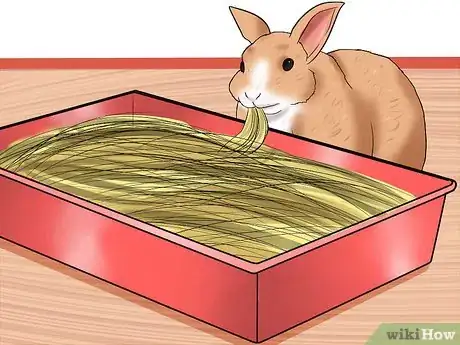
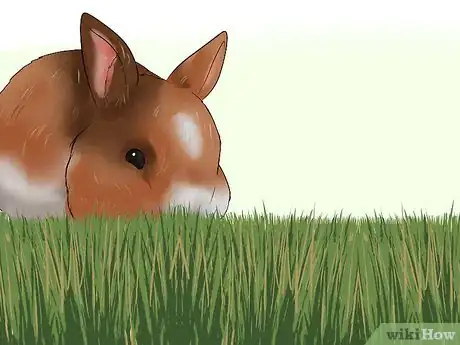
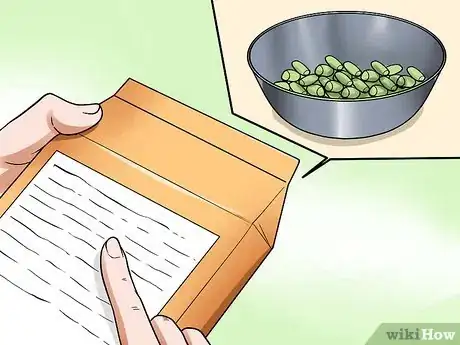

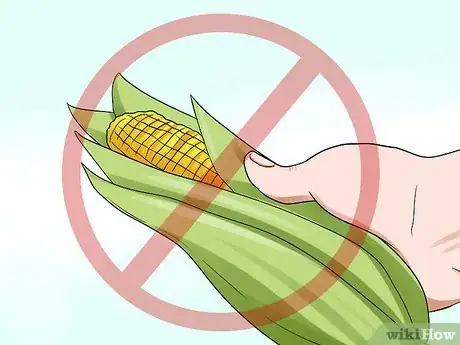
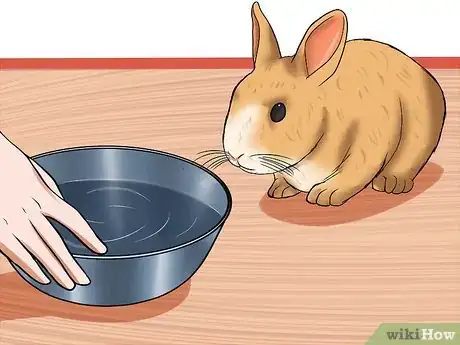

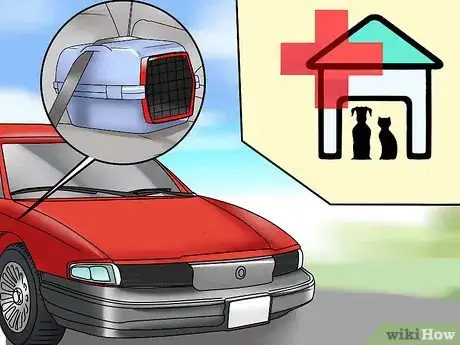
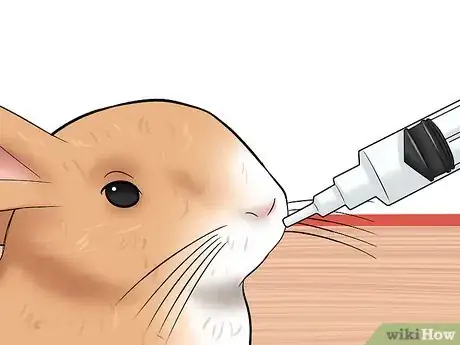
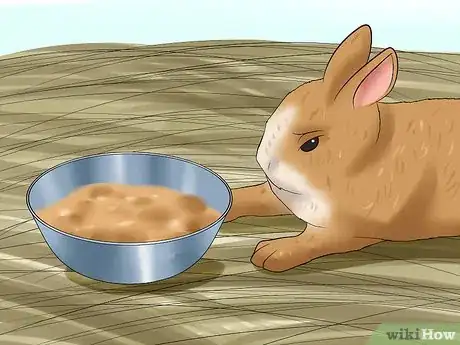
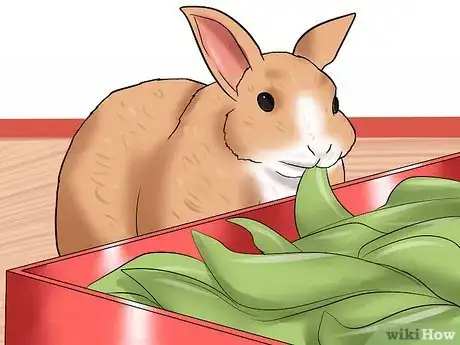
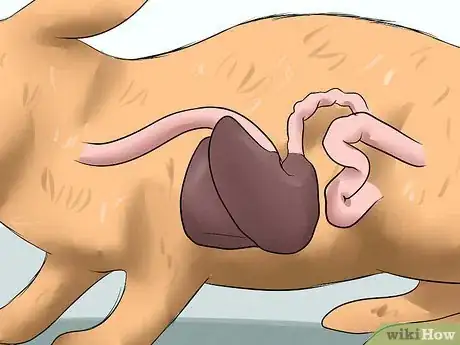
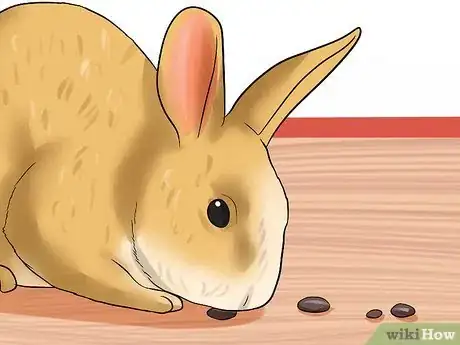
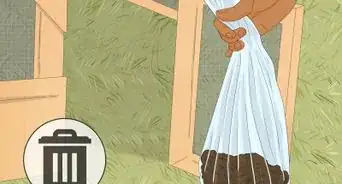
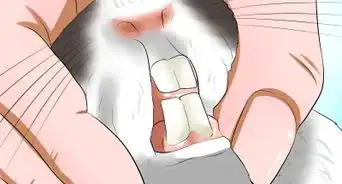
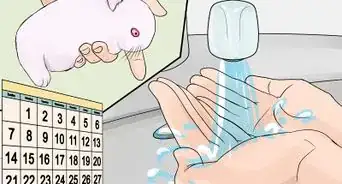
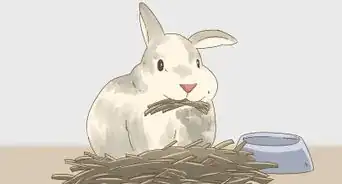
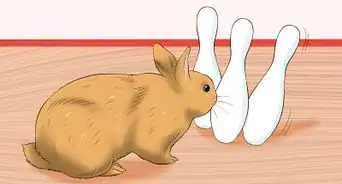
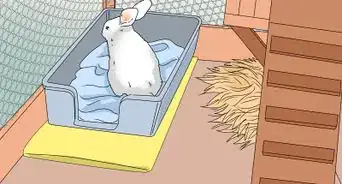
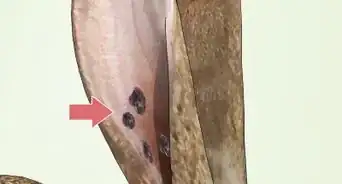
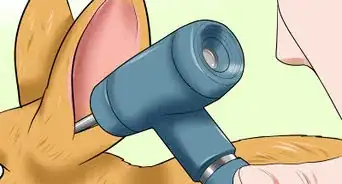
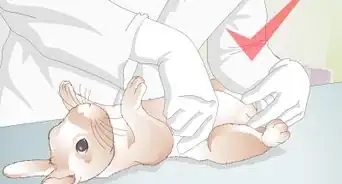
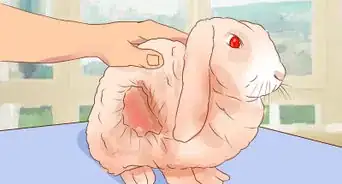
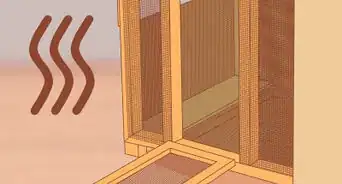

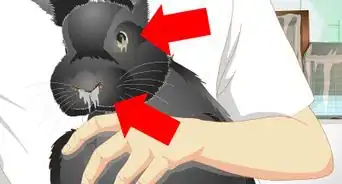
-in-Rabbits-Step-12.webp)







